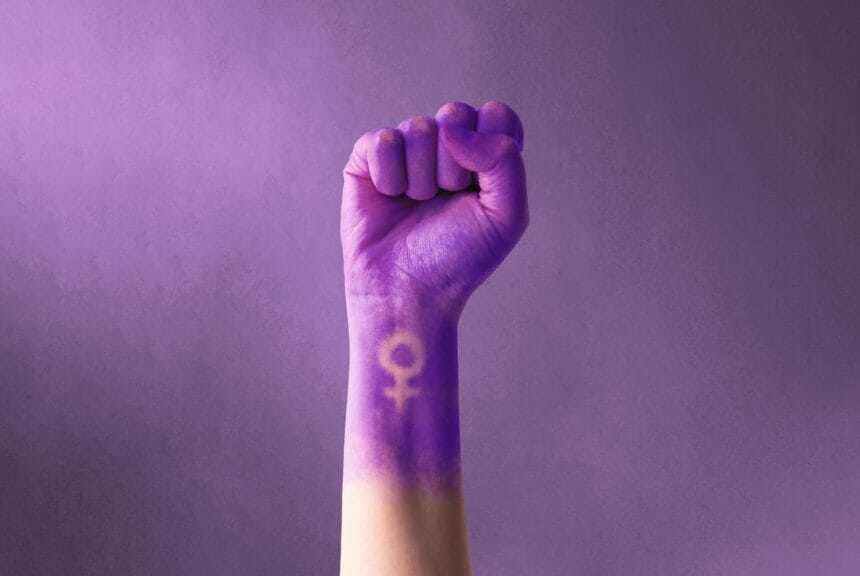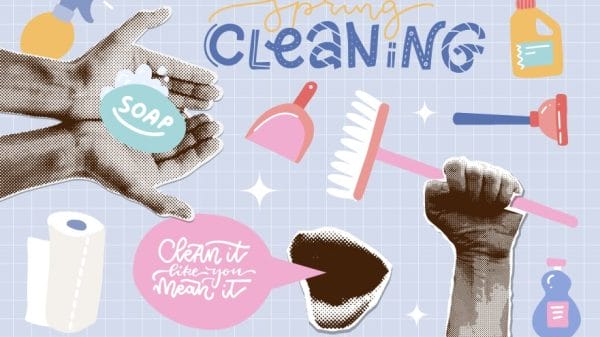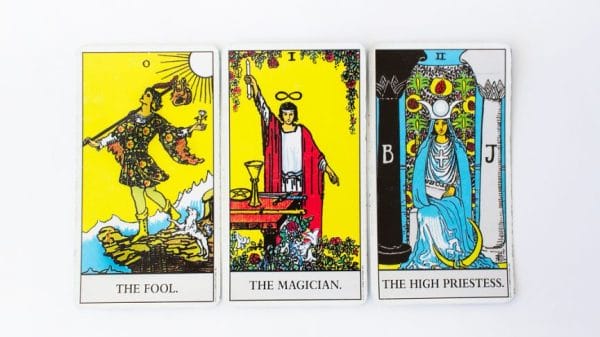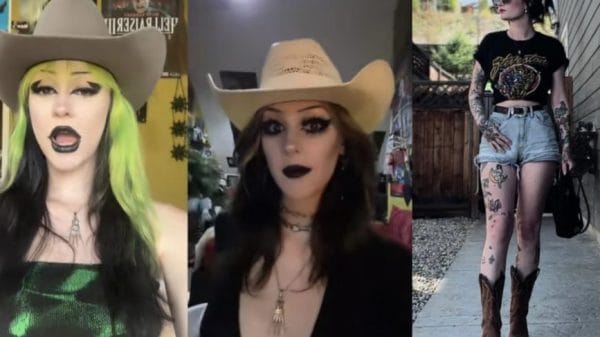One of the most debated yet most exciting aspects about activism is the many forms it can take. One notable form is art. In honor of International Women’s Month, we must ask; what about the activism in art? Especially the feminist movement in art.
Today, women all across the world are advocating for many different topics and concepts across female equality. Some are against female discrimination and gender inequality. However, it wasn’t always exactly like this. How was it? The featured women in the 2010 documentary: !Women Art Revolution tells exactly how it was.
What was the feminist art movement?
The documentary, directed by Lynn Hershman, tells the stories of several female artists and historians who fight for gender equality in art and art education. Prior to the feminist art movement, male minimalism reigned supreme. The movement took place during the late 1960s- early 1980s. Women at that time were not only fighting for gender equality but also rebelling against some of the concepts that jeopardized feminism.
‘Feminism in the 70s was an exercise in trying to do something that you knew full well was not probably going to work but you had to do it anyways or you’re going to go nuts’
-Martha Wilson
At the beginning of this movement, women were not expected and preferred by men to be unsuccessful. Some of the pioneers of the feminist art movement featured in this documentary confirm the expectations society had for them. They also share the traumas they endured as women aspiring to become successful artists through unconventional means. The trauma being how women challenge the status quo of the time. Along with the pioneers, other women featured in the documentary talk about social awareness strategies such as ‘concept raising’.
Such strategies were intended to highlight the desire for women’s liberation from gender roles in the household. Subjects discuss rape, women’s violence, and objectification as some of the main issues women face. As these women are advocating through their art, they are also organizing through universities and properties to make something of their own. But the movement wasn’t quite making the best progress.
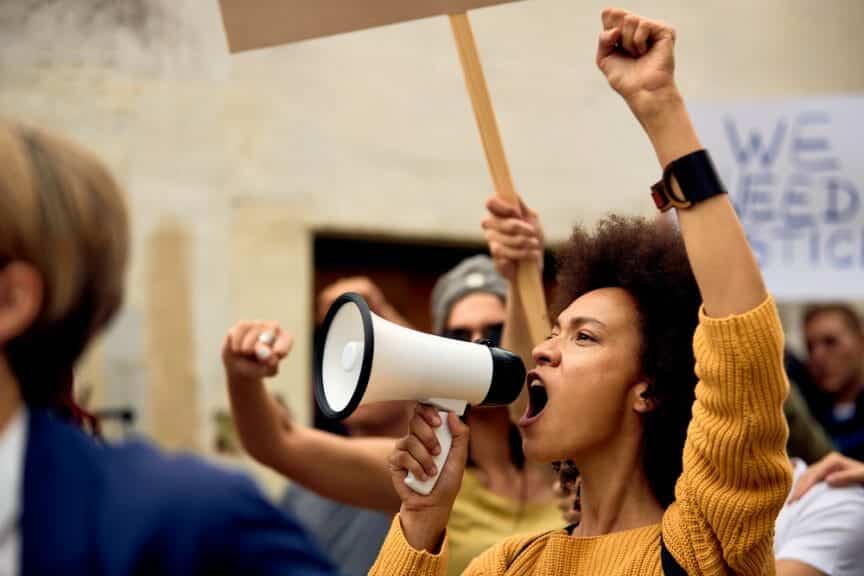
Bumps in the road?
Like any movement, such as the BLM and LGBTQIA+ rights efforts, certain things didn’t work at first. This slow but sure progression is reflected through the feminist art movement. Throughout the late 60s and 70s, creating safe places for female artists to gather and the act of protesting was not effective. After all, Rome wasn’t built in a day. B.Ruby Rich, a film critic featured in the documentary, restates that “the women’s art movement was structured and being invented as it was happening. No ideology, no prescriptive way of doing things, and the intoxication was helping each other out.”
The feminist art movement did not initiate swift, radical changes. But it did change a lot more than what the pioneers thought. Younger women who were in their early adulthood during the 1980s and 1990s, such as the Guerilla Girls, took a more aggressive approach with their humorous and data-filled posters. This got more women involved in the workforce and attained media attention through the new technological inventions of the 80s.
The outcome of the feminist art movement
By the 1980s-2000s feminist art was criticized as a limitation or just a phase. But artists such as Janine Antoni and Camille Utterback didn’t realize that they were creating the same work as women in the 70s were. During the early 2000s, many female artists were not recognized by Gen X/Y, and feminist art wasn’t prevalent.
However, according to page 69 of the nces.ed.gov,‘s report, 120 Years of American Education: A Statistical Report, by the 1980s and 1990s, women rose 24% in obtaining a college degree compared to the past three decades. Although slowly, according to the New York Times, female art in museums rose 11% from 2008 to 2018. The feminist art movement brought perspective. One way or another it was going to happen, but at least it opened doors for not only female inclusion but also broader options in art.
The lack of female artists being displayed in museums compared to male artists is still an ongoing issue for women. The most prevalent issues women today face is unequal pay, hiring discrimination, health discrimination, sexual assault in the workplace, abortion rights, female LGBTQ rights, and intersectionality. Current modern female artists reflect these issues in their work in hopes of conveying their message and reaching to their audience.
Today’s modern female artists
While the concepts female artists reflect in their art vary, they all have an exigence that falls under the umbrella of female activism and what women fight for. Some notable women artists include Shani Rhys James, Kara Walker, and Kate Groobey.
- Shani Rhys James
James is a Welsh painter who paints self-portraits, interiors, and still-life art in a dense but vivacious manner. She addresses the often-harsh expectations of femineity and what domestic life has in store for women. James often chooses abstraction to slightly portray female expectations to make viewers feel unsettled when looking at her art.
“The female becomes part of the decoration; unable to be on the world stage she turns inward and obsesses about her interior space“
-Shani Rhys James
2. Kara Walker
Kara Walker is a multi-material socio-political artist. Walker moved to Stone Mountain, Georgia, at age 13. While there, she was a victim of racially targeted behavior. When she attended college and later graduate school, she wanted to focus on race-specific issues in her work as an art student.
Later in grad school, Walker began to include the traumas and portrayals of both African-American people and women. This intersectionality often found in Kara Walker’s work is frequently a recurring trend for today’s modern female artists when participating in activism. Walker is best known for cut paper silhouettes portraying these issues.
3. Kate Groobey
Kate Groobey is a British artist based in South Yorkshire and southern France. In her art, Groobey portrays her personal experiences while exploring unorthodox painting from a feminist, queer perspective using the tactics of British humor. You can often find her reclaiming feminism by having the women in her work positioned more freely as opposed to the more restrictive poses women were put in past art.
Can art change after this?
Social issues are like trends when I say there is always a set throughout time and can vary from decade to decade. The women’s feminist art movement’s special gift was to organize and collaborate. It opened the door for many people to get a more accessible approach to art.
Although some social issues do not change much when at its introduction, it initiates change in the long run despite disagreement. When Judy Chicago showcased The Dinner Party in 1979, it caught national attention from the U.S. government because of its “vulgar” imagery of women and genitalia. Many congress members wanted to ban it from exhibitions; hence it was not a favorite for the general public.


That is what art does. It may not change every social issue with the stroke of a paintbrush, but it calls attention to the issue. It can highlight the severity of an issue or provide a different perspective. Many societal norms take influence from and are often subject to change by pop culture; that includes art. Women in general, and in art, have come a LONG way. However, the world is not as perfect as we would like we think it is.
There are different opinions and perspectives on values and how they can apply to lifestyle. They can be wondrous, but when there isn’t respect for diverse ways of thinking, it can easily become dangerous. It has been like this since the beginning of time. And not just in humans; many forms of AI in the past four years are trending in accusations of racism and sexism as well.
So, as you see, activism compares to curiosity. It is a persistent epidemic that has and will keep occurring throughout place and time. These feminist artists are just the response to what we know as human nature.


